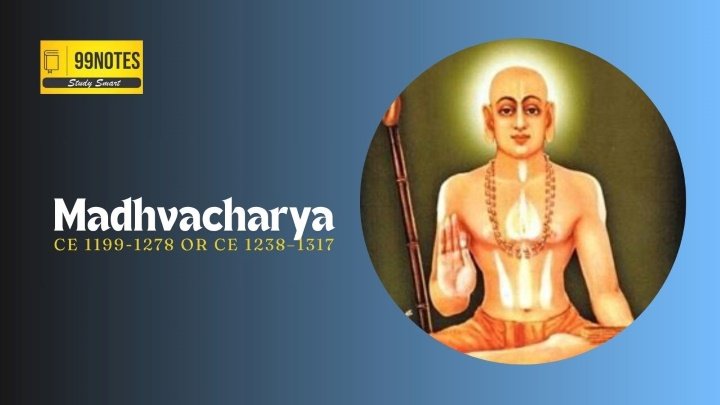Simultaneous Elections in India: Roadmap, Challenges, and Feasibility
(Source: Indian Express; Section: Cover Page; Page: 01)
| Topic: GS2 – Polity |
| Context: |
|
Analysis of News:
What are Simultaneous Elections?
- Simultaneous Elections means holding elections to the House of the People, all the State Legislative Assemblies, and local bodies i.e., Municipalities and Panchayats, together.
-
- It effectively means that a voter casts his vote for electing members for all tiers of the Government on a single day and at the same time.
-
- Currently, all these elections are held independently of one another, following timelines dictated by the terms of every individual elected body.
-
- It does not mean that voting across the country for Lok Sabha and State Assemblies needs to happen on a single day. This can be conducted in a phase-wise manner.
-
- It is popularly known as One Nation, One Election.
Historical Context and Challenges
- Simultaneous elections were disrupted between 1967 and 1971 due to unstable governments and early election announcements.
- The primary challenge lies in managing situations where governments lose majority mid-term, necessitating a roadmap for continuity.
Roadmap Suggested by the Kovind Committee
The Kovind Committee proposed a two-step process:
- Synchronizing Lok Sabha and Assembly Elections: This would require constitutional amendments but not ratification by states.
- Aligning Local Body Elections: To be held within 100 days of Lok Sabha and Assembly polls, requiring ratification by at least half the states.
The Committee also suggested provisions for midterm elections, where new governments would serve the remaining term of the dissolved House.
Constitutional Amendments Required
Key amendments would involve:
- Article 83: Duration of the Lok Sabha.
- Article 172: Duration of state Assemblies.
- Presidential notifications would facilitate transitions, but failure to pass the amendments would nullify the process. Truncated terms for several state governments during the transition phase would be unavoidable.
Implications for Governance
- While simultaneous elections aim to reduce the frequency of polls, they may not eliminate midterm elections arising from loss of majority. However, the transition could discourage frequent no-confidence motions, potentially enhancing political stability over time.
Political and Legislative Dynamics
- The success of the constitutional amendments depends on bipartisan support.
- In the Lok Sabha, the NDA has 293 MPs, falling short of the two-thirds majority required.
- The Rajya Sabha presents a similar challenge, with the NDA holding 121 seats against a 154-seat threshold. Convincing non-NDA parties will be critical for the Bill’s passage.
Election Commission’s Perspective
- The Election Commission highlighted logistical and financial challenges, estimating Rs 8,000 crore for procuring EVMs and VVPATs.
- Additional costs for warehousing, transportation, and maintenance add to the burden. Moreover, machines would need replacement every 15 years, increasing long-term expenditures.
Conclusion
- While simultaneous elections promise efficiency and reduced poll-related disruptions, their implementation involves complex constitutional, logistical, and political challenges.
- Achieving consensus across political parties and addressing financial and administrative constraints will be critical to making this vision a reality.
| What Concerns are Associated with Simultaneous Elections? |
Undermine Federal Spirit: National political parties may gain an advantage over regional parties, which could undermine the federal spirit.
|
| Practice Question: Discuss the feasibility and implications of implementing simultaneous elections in India. Highlight the constitutional, logistical, and political challenges involved, and suggest measures to address them. (250 words/15 m) |

